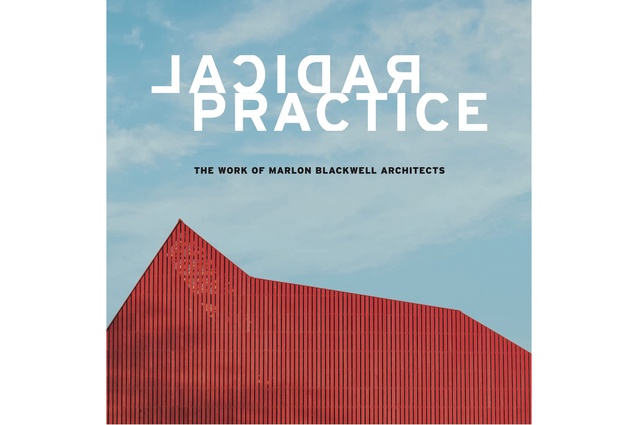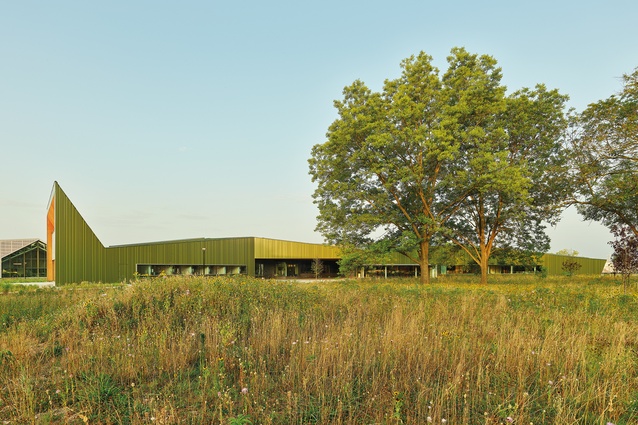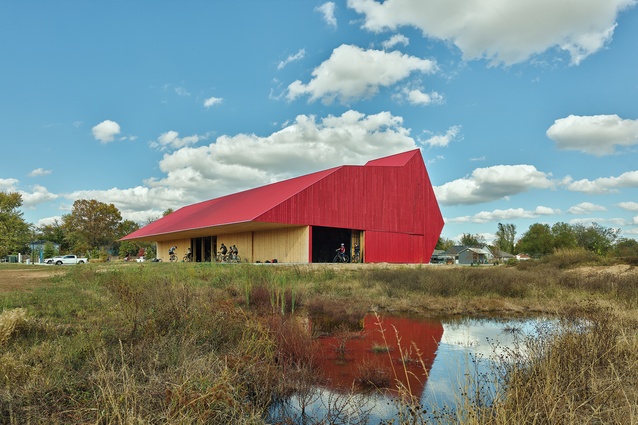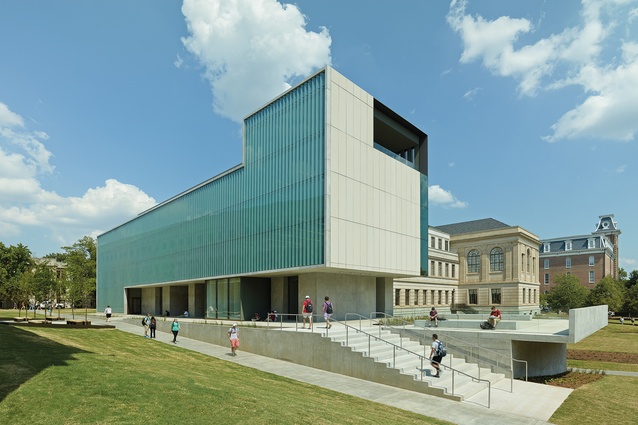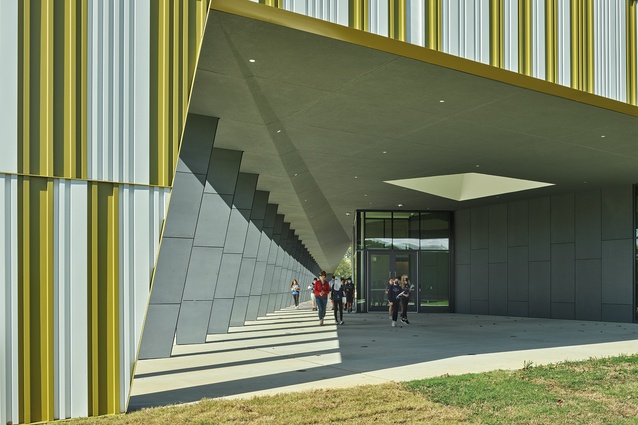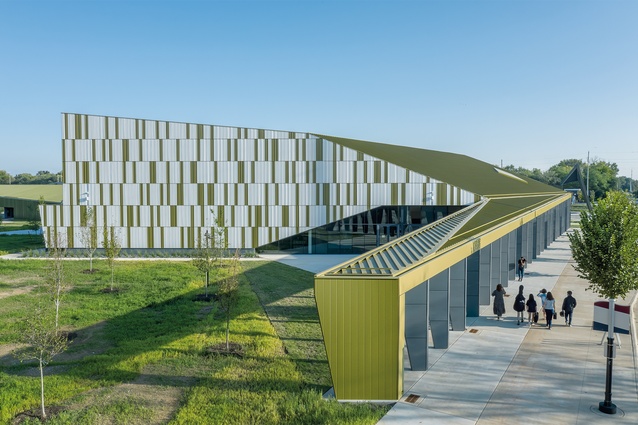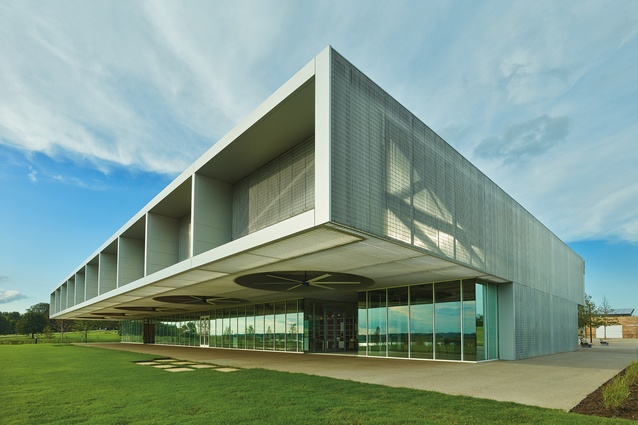Radical Practice: The Work of Marlon Blackwell Architects
Radical Practice: The Work of Marlon Blackwell Architects Jonathan Boelkins, Peter MacKeith Princeton Architectural Press, 2022
Some architectural monographs are a show; others collate typologies or catalogue success. Yet, rarely are they an open book. There’s a level of contribution to Marlon Blackwell that is as generous as southern hospitality. Blackwell, though, has the mana to lay it all out; his decorated 30-year practising and academic career includes being the 2020 American Institute of Architects (AIA) Gold Medallist and the E. Fay Jones Chair in Architecture and Distinguished Professor at the Fay Jones School of Architecture and Design at the University of Arkansas: the very school and professorship named after Arkansas’ other Gold Medal architect. Blackwell’s also a lifetime member of the American Academy of Arts and Letters, which honours the nation’s leading 300 living composers, writers, artists and architects. Think Barbara Kingsolver, Spike Lee and Mikhail Baryshnikov, who were inducted in 2021 with Blackwell. From these heights, generosity is a gift so, too, the work of Marlon Blackwell Architects.
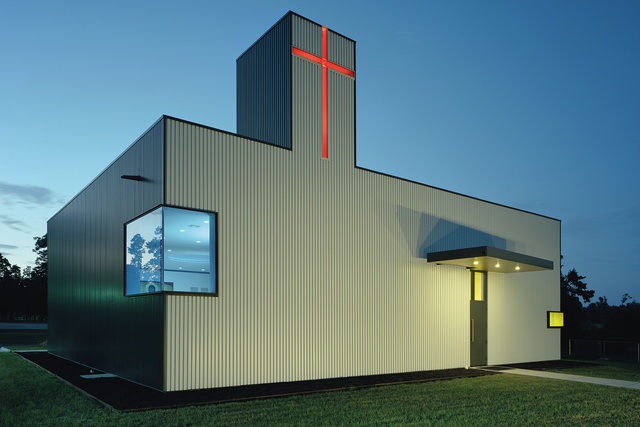
Radical Practice lays out 13 extraordinary projects over 500 plus pages, with text, drawings, sketches and precedents. Add a multitude of essays and commentaries by the likes of James Corner, Brian MacKay-Lyons and Mary Miss, and it’s an education. Landscape architects, artists, historians, urban planners, architects: there is “No faint praise” as Tod Williams and Billie Tsien attest. Rather, there’s an honest ticket to what Blackwell describes as a carousel of projects. Architecture is, of course, a team journey full of contributors. To me, having been lucky enough to tour a little with Blackwell and his partner in life and practice, architect Meryati Johari Blackwell, co-editors Peter MacKeith and Jonathan Boelkins, and others from this extraordinary cast, it feels more like a wondrously learned caravan. For there’s a collaborative direction and lineage to where we are going and a built map of how to get home. There’s a message hitched to the wagon found on the understanding of place and the beautifully simple idea that all buildings can be architecture.
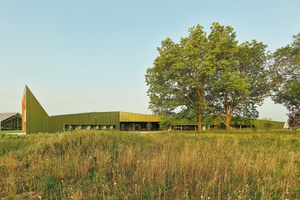
Is that radical? It shouldn’t be; yet, it’s not readily apparent in either America or Aotearoa New Zealand, whether in the city or the rural. Drive around a little in the Forewords to Radical Practice and you find the keys that have taken Marlon Blackwell Architects from sole practitioner out through American regionalism and academic teaching to what is now a supreme international practice, working from Fayetteville, Arkansas. The take-home’s all-the-more valuable to us down here, for north-west Arkansas is a kind of isolated, wooded and watered oasis in the south. The Ozarks form a different kind of island from ours but are separated, none the less, within continental America. If it is hard to look past those big city gates here, imagine the States. Forget the stereotypes that stream to those screen-viewing rural America. There is work here equipped with live qualities of place, that is real, southern and extraordinary. Forward the fundamentals, which arrive, like honesty itself, with life.


The road to winning the American Gold Medal involves the ultimate road test where someone else presents your work to a jury. Andrew Freear of Rural Studio gave Blackwell’s address, which is laid out in full to start things up. It explains so much to the architectural role of personality. “To visit one of Marlon’s buildings is much like meeting Marlon himself: generous in spirit, engaging, embracing, deeply human and authentic.” He may equally talk to the talents of Johari Blackwell or indeed the practice. Life is an adventure and, on this tour bus, there is experience aboard the extraordinary. Friends on the go, conversation running near and far, and all the cleverness that comedians search for in cars with coffee. “You may find yourself living in a shotgun shack” plays with a finely tuned admiration for where we are. Freear is correct; personality embeds in buildings for vernacular is everywhere. If there is a typology to be found, it is of place.
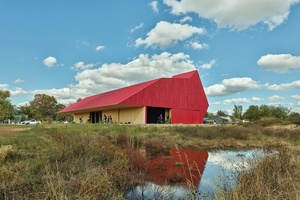
Peter MacKeith, Dean of the Fay Jones School and editor of Juhani Pallasmaa’s book Encounters, then homes the place to the buildings. He reads ‘radical’ to mean the fundamental. It’s a sure move: a reminder of what is easily left behind while searching for the new or, as often eventuates, the same. “Places and buildings… buildings and places” MacKeith quotes to Blackwell while tracing a “deep attentiveness to the qualities and necessities of the place”. A contextual GPS legible in the porches, porticos and carapaces but, also, socially in “attending responsively and aspirationally to the needs of the region”. This is a different placement from what we find in our elegant sheds and whare, and so should it be. Homings are personal, communities and landscapes specific. You’ll find place here in buildings from the small to the large, dressed up and dressed down, from barn to university, visitor centre to ramen bar, school to house. MacKeith points to National AIA Awards in Architecture, Interior Architecture, Education, Healthcare, Libraries, Small Projects, Regional and Urban Design, Adaptive Re-use, and Technology in Architectural Practice categories to raise the practice belief that any building can be architecture. “Anywhere, anyone, any budget” I remember Blackwell saying as we stood in Saint Nicholas Eastern Orthodox Church looking up at the congregation’s dome fashioned out of a satellite dish that he’d swapped for a couple of boxes of Budweiser. The play is different but no less at home in larger projects like Thaden School or the Fay Jones School of Architecture and Design, in broader public work like Shelby Farms Park or when individualised down to affordable Porchdog housing following cyclone Katrina. Each is made to open doors.
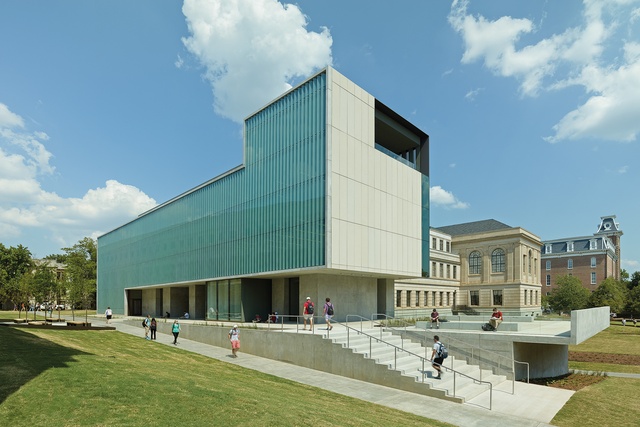
Any-anything to this level requires some doing: a way to place, a way to build. So, as photographer Tim Hursley’s images start to appear, co-editor Boelkins, a former Studio Director at Marlon Blackwell Architects, eloquently times some of the critical thought processes of the practice. Thom Mayne goes to pejorative labels and bifurcation to metareference “the free association of multiple interpretations” and Frank Harmon to Blackwell learning the narrative “on the road, moving forward, looking sideways”. It’s all here, spread out so we might all work to understand our own places and buildings better. Look at the pictures or go as deep as you like for, as Freear forewords, “This is what great architects do; they inspire us, they motivate us, they elevate us, they educate us. They show us what is possible and represent our values, our ideals.”
Honestly, get on board. Radically, it’s architecture.


